Prosumers, Influencers & the Power of Video Marketing
Authored by Preeti Pandey, Director Business Strategy, Media Moments
The prosumer is more than a fancy marketing term
The concept of prosumers is not new in marketing. Prosumers were identified as a category of consumers way back in 1980 and they’ve been a crucial element of the evolution of marketing since then. A prosumer is someone between a consumer and a producer. In a sense, the prosumer is a consumer who actively is a part of the production of a product or service and its marketing. In modern terms, you could even call this type of consumer a beta consumer who consumes a product or service early on in its lifecycle and actively participates in shaping the commercial version of it. In a world that is going rapidly digital with consumers having more and more control over products, services and their marketing, the role of prosumers has become increasingly important. The influence they have by being early adopters and being, so to call, a key influence in bringing other consumers on board, makes them highly sought after by marketers.
Prosumers are part of a wide variety of marketing activities. Right from early testing, to co-creation, to endorsements, to community building and management prosumers play a very active part. Now, how important is the role of prosumers in today’s digital marketing world? Think Wikipedia, the world’s largest free to use encyclopedia of everything. It’s solely created by prosumers and the content is considered highly authentic. That’s the power of prosumers, tapped right and deployed right. Today Wikipedia has an unmatched following across the globe as the world’s most authentic source of information. And for a world that relies solely on information and data, that’s a nonnegligible force of influence that marketers simply cannot afford to ignore.
Influencers are real, and yes, they deliver ROI
Talking about the influence of prosumers brings us to the emergence of another type of consumer that has become highly sought after by marketers in the last decade or so – the influencer. Who is an influencer? And why is he so important. Let’s take the example of the popular kid in school. Everyone loves him or hates him. The haters, no matter what will discount the popular kid, but those who adore him ape him in every way possible. They aspire to be like him. They want the things that he has and imitate his lifestyle. That there is the simplest example of an influencer. In the past, influencers had very few avenues through which they could reach out to larger audiences, thus limiting their numbers to the few who graced the big screen, the silver screen or the stage. Film stars, sportsmen, orators and media professionals ruled the influencer scene before the internet came by with social tools like YouTube, Facebook and Instagram. These platforms snatched a huge chunk of the influencer pie and handed it to people with smaller influence circles. They now had a stage that was not just limited to their schools, colleges, neighbourhoods that access their opinions. The advent of independent content makers only added to this phenomenon by reducing people's interest in paid and produced content. Thus, was born the era of a prosumer fueled influencer age of marketing where marketers scrambled around to find their next key opinion leaders online.
Video is the new marketing language that unites all
Almost everyone today has a smartphone with a camera that can produce decent photos and videos. The latest report by the Internet & Mobile Association of India (IAMAI) and Nielsen showed rural India had 227 million active internet users, 10% more than urban India's about 205 million, as of November 2019. That means a video floating on YouTube has greater penetration than a high budget national television commercial. Early on, during the onset of the influencer era, blogs were the most common media for marketers. Every brand, besides having a website, had its blog page where they commissioned highly followed bloggers to write content for them. The budget smartphone revolution and YouTube helped in the evolution of blogs into Vlogs or video blogs. Why write a 1000 words article when you can shoot a video in lesser time? Videos also helped in conquering the challenge of creating content in vernacular languages, thus breaking communication barriers that remain in verbal content. Videos also conquered the challenge of holding the attention of the audience which is increasingly becoming shorter. For example, more than half the audience who land on this page to read this article wouldn’t read it till the end. But if this same article had been made into a video of fewer than 2 minutes, the chances of a higher percentage of people seeing till the end is much higher. That’s the power of videos. And today, that power only seems to be increasing as video platforms keep updating with shorter crisper video formats. Think Boomerang, IG stories, FB stories, Snapchat. TikTok, etc. Let’s face it, videos are here to stay and influencers who seem to have adapted extremely well to videos are the new marketing kings. Marketers who discounted digital in their marketing budgets earlier are putting away bigger chunks of their budget solely for influencer video marketing.
This article is getting boring and preachy, isn’t it? How about we stop telling you and start showing you with examples of great video marketing examples from brands to drive our point across?
Samsung Galaxy Note 7 and CyreneQ
Samsung is one of the biggest names in the smartphone industry. The sheer number of smartphones it debuts in a year across budget, mid-range and flagship is staggering. In 2016, which was still quite a bit early in influencer marketing evolution, Samsung did something extremely unorthodox. Samsung released its Note 7 partnering with CyreneQ, a professional Snapchat artist and designer with a huge subscriber base. The smart marketers at Samsung and their digital agency identified their target audience in CyreneQ’s followers and spoke to them directly through CyreneQ. CyreneQ used her Snapchat account to document her journey to the event and ultimately give her audience a sneak peek of the new device. Using Snapchat's 10-second video format, she posted clips showing her followers some of the device's new features. The result? The Galaxy Note 7 achieved a certain level of popularity and consumption that could otherwise only be achieved through an obscene mainstream marketing budget.
GOODFOODS Healthy snacking awareness campaign
GOODFOODS wanted to try something other than advertising. It wanted to advocate the importance of healthy snacking and party planning. By doing so, it believed that it could have a greater influence on its target audience to prefer its brand over others. They picked a team of 60 influencers to promote their natural guacamole and dips. The influencers would not sell the brand but showcase the products being used in real-life situations through videos, blogs, images and recipes. All using GOODFOODS natural guacamole and dips. In all, the 60 influencers created over 2000 pieces of content that had over 34 million impressions across platforms. Over 71,000 unique consumer engagements were generated through this content that translated to over a 34.5% conversion. When it comes to digital conversions, that kind of figure is nothing short of impressive.
Reebok #HonorYourDays Campaign
The average human being lives for 25,915 days. Reebok wanted to reinforce the importance of living those days meaningfully by pushing your body to its physical limits. This campaign is a great example of how videos cut across language barriers and deliver the message without words. The entire campaign doesn’t have a single spoken word in it, yet it speaks to you louder than any spoken word can by delivering the unspoken message of “honouring the body you’ve been given”. The execution follows a woman’s relationship with running in reverse. It shows her running in reverse through time, Ut starts with her as a middle-aged woman running the Reebok sponsored Spartan Race to her running the track in school as a young girl, finally to the day she was born. It was not exactly an influencer campaign, but it was a highly unorthodox ad that captured the importance of fitness at every stage in life, thus setting up the stage for the #HonorYourDays campaign which saw a high volume of UGC. The campaign, by showing different stages of life also reiterated the role of the brand in every stage of your fitness journey through life.
In conclusion, there is no right way or wrong way to making prosumers, influencers and videos work for a brand or product. The permutations, combinations and budgets are highly volatile and putting a rigid framework to it simply won't work. A lot depends on the timing of it, the social relevance and the aptness of the message being conveyed. If a brand were to simply pick the most popular video influencer out there, pay him or her a considerable amount of money to simply make a video where he or she simply showed you the product and said it was good, it would undoubtedly fail. Ultimately, your campaign is only as good as its end product or service that is being sold. The goal is to match the right product with the right prosumer or influencer who first believes in it and expresses his or her first-hand opinion truthfully to the audience. In that sense, the old marketing formula of saying it loud with big budgets will not help you sell. The new formula seems to be to get a small group of consumers to believe in you and then become advocates for your message.




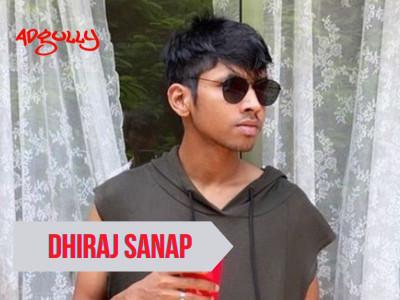

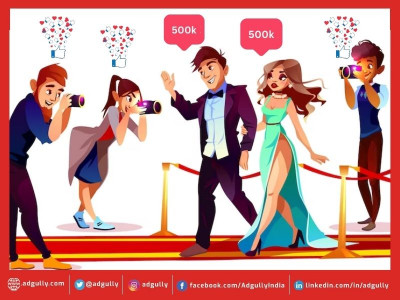
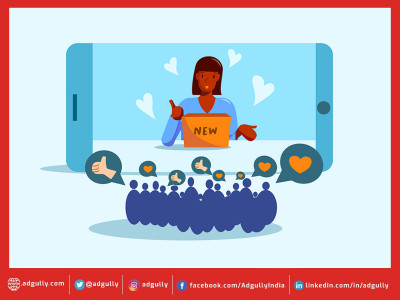
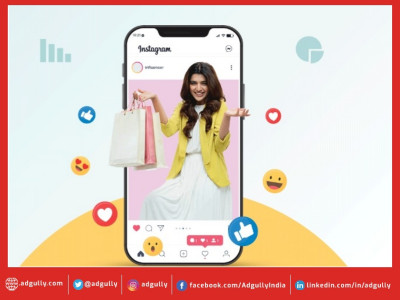


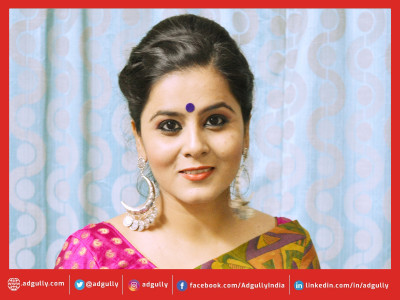
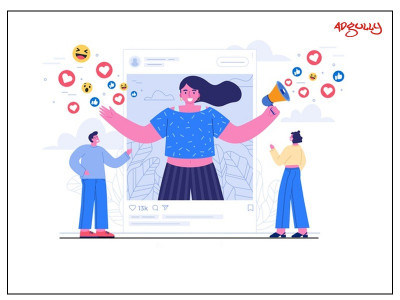

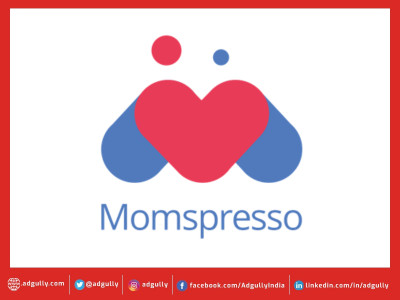

Share
Facebook
YouTube
Tweet
Twitter
LinkedIn